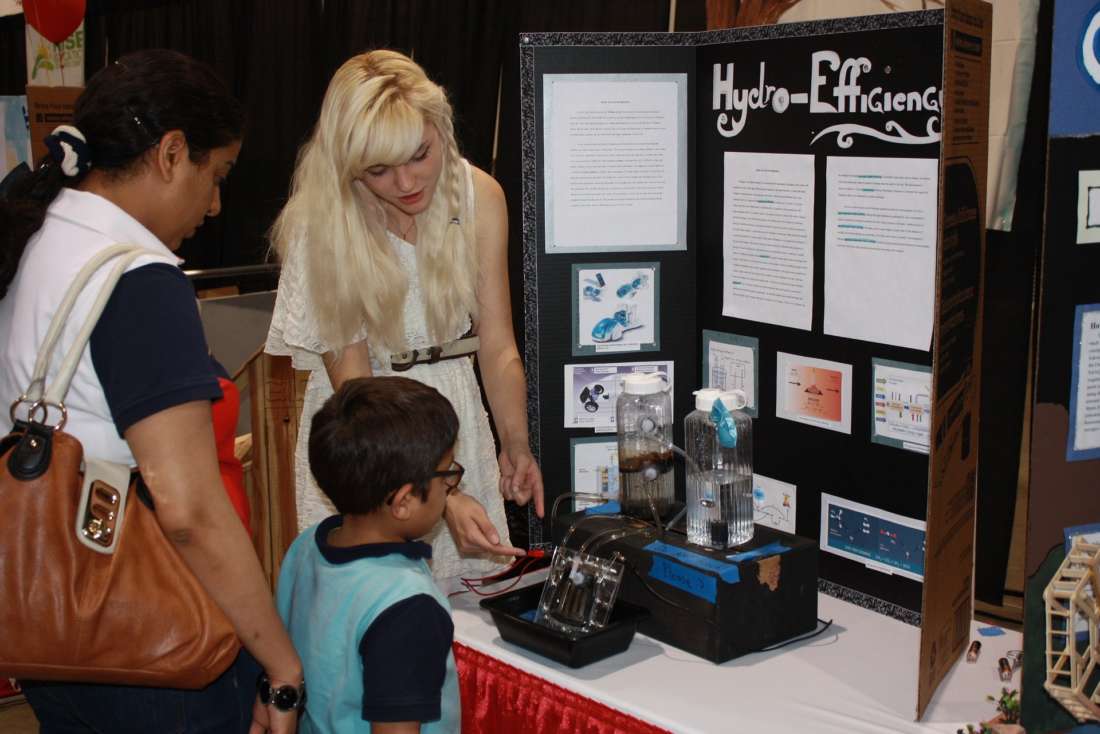
If your children have been asking you for help choosing an exciting science fair experiment, for their upcoming school project, S R Buzzi believes it’s well worth continuing reading in order to discover a few easy yet fascinating, child-friendly, science fair projects. Which you’ll be able to complete with your child.
The best science fair experiments:
1. Bee focused science fair experiment
Are bees more attracted to some colors of flowers, than others? If you’re keen to find out, purchase plastic flowers in a variety of different colors and place them in an area of your garden that traditionally attracts bees. Then spend several hours throughout the next few weeks monitoring your plastic flowers and recording each time a bee lands on one of your child’s plastic flowers on a tally chart. If you’re having trouble attracting bees mix sugar and water and use a spray bottle to lightly spray each of your flowers.
Alternatively, you can also conduct the same experiment if you can find the same species of flower, which comes in a variety of different colors.
2. Mouse focused science fair experiment
Your kid may be surprised to find out that mice don’t actually like to eat cheese but will eat cheese if it’s the only food which is available. To dispell the myth that mice love cheese, simply get a large box and place four different types of food in each corner of your box. Then place a mouse in the middle of your box or area and see which food your kid’s mouse runs to first. As they’ll be attracted to the smell of the food which they are most attracted to.
If you’re unsure of what foods to use, you may want to opt for a slice of cheese, a plain cracker, a piece of chocolate and a tiny piece of white bread. According to science, your mouse should run straight towards the plain cracker. Which is sure to shock your little one.
3. Heart rate experiment
Will jumping rope for a minute continuously rise your child’s heart rate quicker, than if they were to swim for a minute, dance for a minute or run for a minute? If your child is sporty, they be interested in studying the effect different exercises have on their heart rate. If you own a fancy heart rate monitor, which may be featured on a smartwatch or fitness device, you can lend it to your kid, so that they’ll be able to accurately monitor their results.
However, if you don’t own a heart rate monitor, your child can measure their heart rate by placing two fingers on the side of their wrist and counting how many times their heart beats in a minute. Just make sure to use a stopwatch on your smartphone, to help your child accurately timeout a minute.
So if your child has been asking for assistance in coming up with a science fair project which is both fun and interesting, it’s well worth explaining all three of the ideas listed above to them. So that they can pick their favorite!

